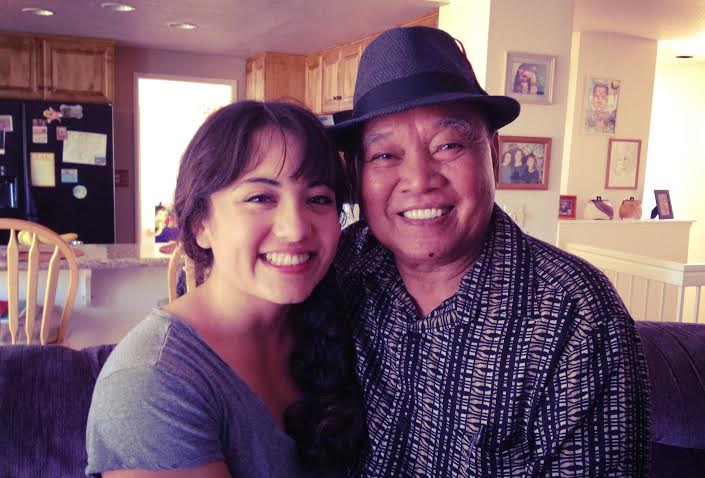The beauty of Guam, an unrecognized culture
April 13, 2016
In today’s world, people are encouraged to love the skin they’re in. My skin color is brown, and I am proud of it. But it can be hard to for one to love his/her skin when society as a whole has such a narrow-minded concept of ethnicity.
This is a perspective which does not recognize cultures it has no knowledge of. People see the color of my skin and automatically label me as Latin or when I say I’m Pacific Islander, then I’m Hawaiian or Filipino.
I am of the Guamanian culture, with natives known as Chamorros. To everyone else, I’m brown, a skin color which has enough associated stereotypes. Growing up, I had two families: the Latin side and the Chamorro side. While I am proud to be both, society has never allowed me to truly acknowledge the fact that I’m Guamanian. The only stereotype I have ever known is one caused by the color of my skin.
Because I’m brown, people automatically think I must be Latin. When I say I’m Guamanian, they think I must be from Guatemala or the Phillipines.
Growing up, anyone is bound to be asked what their ethnicity or culture is. What was frustrating for me while I was growing up was listening to people ask about my Chamorro heritage: “What is that?” “Where is that?” and “Does that mean you’re Filipino?”
Guam is an island that fails to be acknowledged. What is disappointing is that I have lived my entire life proud to belong to a country whose culture many don’t even know exists. This is a huge world and it shouldn’t be shocking to realize that there are many other islands existing aside from Hawaii and the Philippines.
Because many people are unaware of what and where Guam is, it’s safe to say a geography lesson is needed. The island of Guam is a part of the Mariana Islands located in Micronesia, a subregion of the Pacific Ocean, in which thousands of small islands exist. Guam consists of 19 villages; my family is from Santa Rita. It is also a U.S. territory, which means that there are shopping centers and modern convenience on the islands. We don’t live in grass huts and dance around a fire as a means of conducting a sacrificial ceremony.
While my culture may be part of the unknown world, something that should be noted is how much of a caring, respectful and loving demeanor the Chamorro people collectively have. While we may seem unknown, it is encouraging to note that San Diego is home to many Pacific Islanders, and over 5,000 people attend the annual Chamorro Festival. What I love most about my culture is the fact that we are a family. The land belongs to everyone and there is a sense of mutuality rather than individuality.
While there’s nothing wrong with being any certain ethnicity, a skin color does not reflect only one culture. What is viewed on the exterior is not an accurate representation of what lies within. The world is filled with myriad locations representing various cultures, so no one should jump to conclusions about a person’s ethnicity because of their skin tone.






